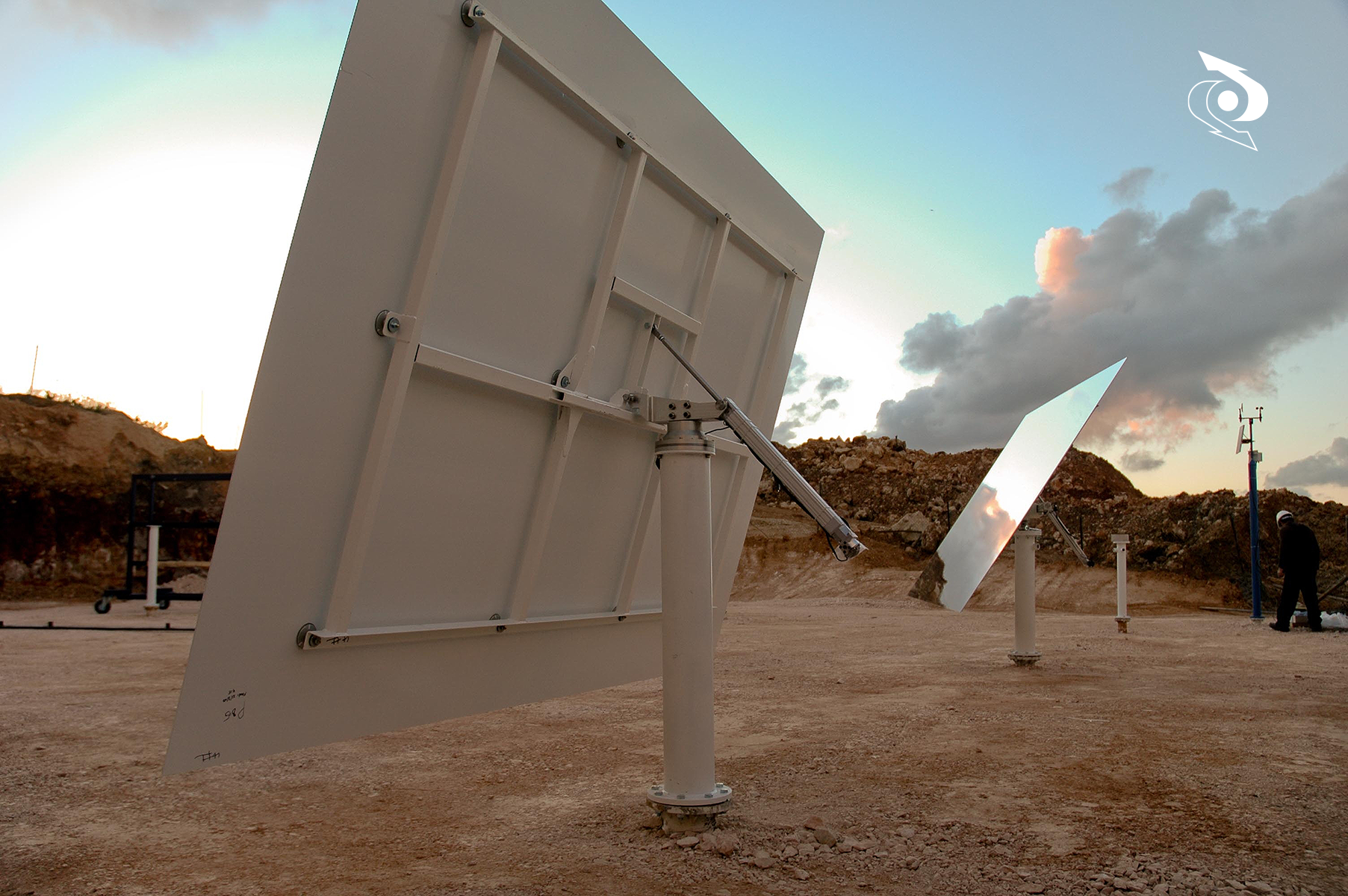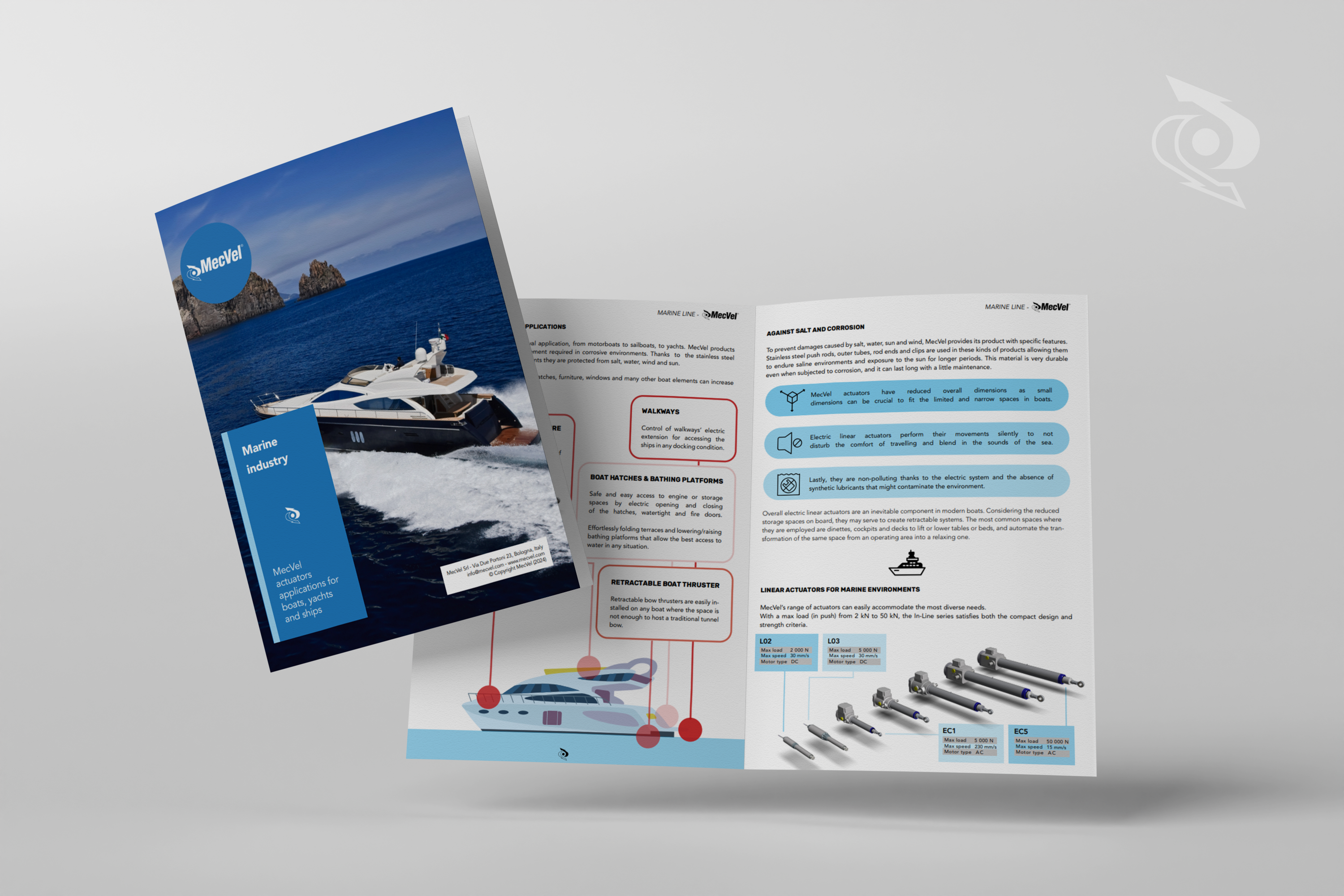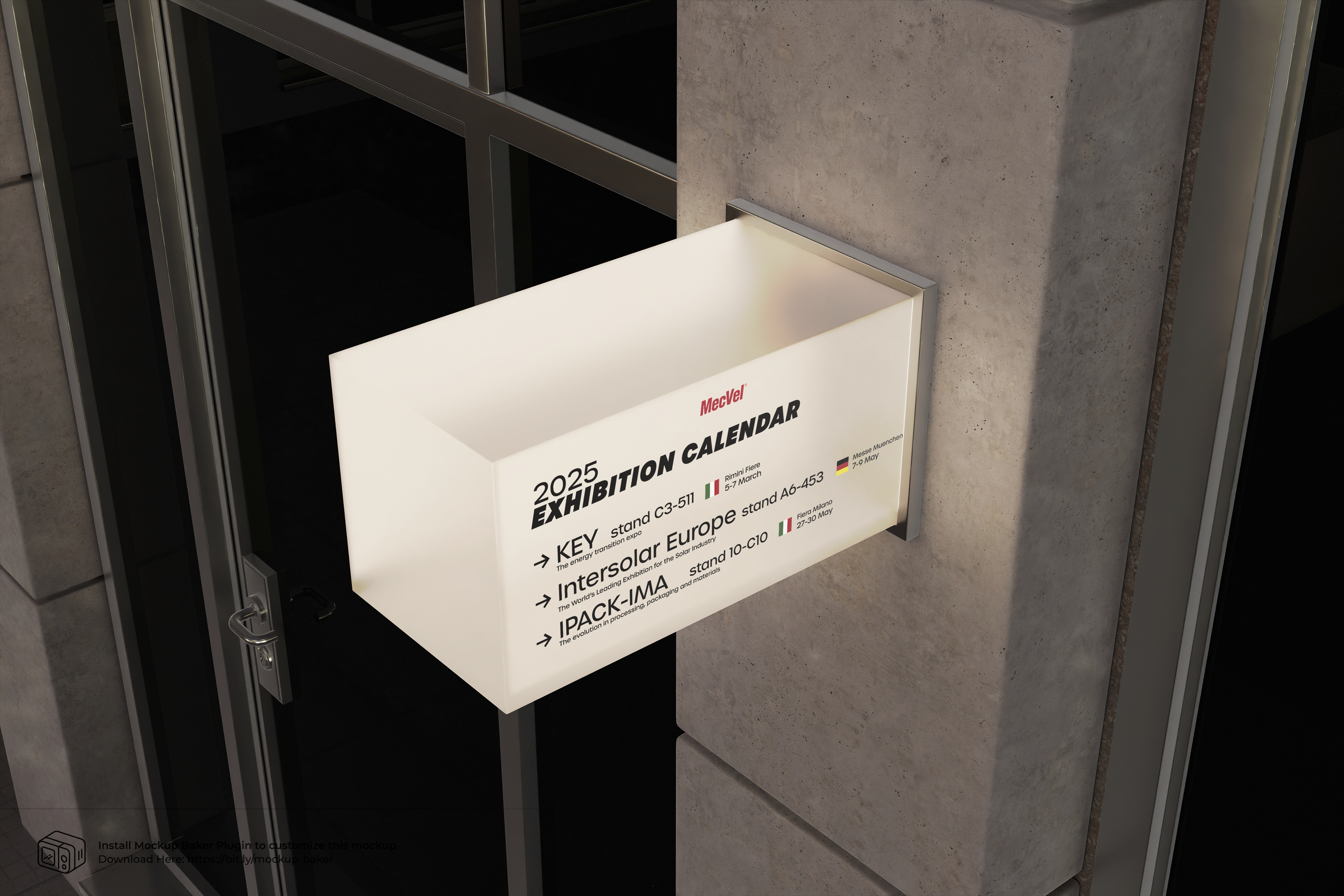⚙️ 𝗠𝗮𝗻𝘂𝗳𝗮𝗰𝘁𝘂𝗿𝗶𝗻𝗴 & 𝗔𝘂𝘁𝗼𝗺𝗮𝘁𝗶𝗼𝗻: Electric linear actuators play a crucial role in advancing automation across various industries by delivering exceptional precision in movement. These devices are employed in applications ranging from assembly lines, where they facilitate the rapid movement of components, to robotic arms that require accurate positioning for intricate tasks. Their ability to provide both speed and reliability significantly boosts productivity, allowing for smoother and more efficient workflows. Additionally, by minimising downtime and reducing the need for maintenance, electric linear actuators contribute to lower operational costs, making them an invaluable asset in modern manufacturing and automation processes.
🚑 𝗛𝗲𝗮𝗹𝘁𝗵𝗰𝗮𝗿𝗲: In the medical field, actuators play a crucial role in powering various types of equipment, including hospital beds, surgical instruments, and rehabilitation devices. These components allow for precise and smooth adjustments, which significantly enhance patient comfort during medical procedures and treatments. For instance, hospital beds equipped with actuators can be easily adjusted to accommodate patients’ needs, whether it’s raising the head or foot of the bed for better positioning or enabling easy access for medical staff.
Furthermore, in surgical settings, actuators are essential for the functionality of complex instruments, aiding in the accurate and controlled movement required during procedures. In rehabilitation devices, they assist with providing the necessary support and resistance as patients recover and regain mobility.
One of the key advantages of using actuators in these environments is their clean and quiet operation. This attribute is critical in sensitive medical settings, where noise disruption can affect patient comfort and the overall atmosphere. By ensuring a minimal auditory footprint, actuators help maintain a calm and focused environment for both patients and healthcare professionals. Overall, the integration of actuators in medical equipment is vital for improving the efficiency and effectiveness of patient care.
♻️ 𝗥𝗲𝗻𝗲𝘄𝗮𝗯𝗹𝗲 𝗘𝗻𝗲𝗿𝗴𝘆: The advent of solar tracking systems has significantly enhanced the efficiency of solar energy capture, and electric linear actuators are a key component in this advancement. By adjusting the position of solar panels to follow the sun’s trajectory throughout the day, these actuators ensure that panels are optimally aligned for maximum sunlight exposure. This capability not only increases energy production but also plays an essential role in promoting sustainability and reducing reliance on fossil fuels. As we move towards a greener future, the integration of these technologies is vital in harnessing renewable energy more effectively.
🚗 𝗔𝘂𝘁𝗼𝗺𝗼𝘁𝗶𝘃𝗲: In the automotive industry, these components are utilised in a variety of applications, including seat adjustments, where they provide smooth and precise movements for passenger comfort. They also play a vital role in throttle control, enabling more responsive engine management and improved vehicle acceleration. Additionally, these components are integral to advanced driver-assistance systems (ADAS), which encompass features such as adaptive cruise control, lane-keeping assistance, and collision avoidance. By incorporating these technologies, manufacturers aim to significantly enhance safety, improve driving experiences, and pave the way for the future of autonomous vehicles.
🚜 𝗔𝗴𝗿𝗶𝗰𝘂𝗹𝘁𝘂𝗿𝗲: Electric actuators are significantly transforming the landscape of precision farming by facilitating advanced automated systems for critical agricultural tasks such as planting, irrigation, and harvesting. These innovative devices allow for precise control over various farming operations, which leads to increased efficiency in resource management. For instance, automated planting ensures optimal seed placement and depth, while sophisticated irrigation systems can adapt to real-time soil moisture levels, delivering the right amount of water exactly when needed. As a result, farmers can achieve higher crop yields while minimising the consumption of water, fertilisers, and pesticides. This not only supports sustainable farming practices but also helps in reducing the overall environmental impact of agriculture, ultimately contributing to a more productive and eco-friendly food production system.
🪑 𝗖𝗼𝗻𝘀𝘂𝗺𝗲𝗿 𝗘𝗹𝗲𝗰𝘁𝗿𝗼𝗻𝗶𝗰𝘀: Electric actuators are significantly enhancing the user experience in a variety of everyday products, including adjustable monitors and smart furniture. These innovative devices enable users to customise their environments according to their individual preferences and needs. For example, adjustable monitors allow users to modify the screen height and angle for optimal ergonomics, reducing strain during prolonged use. Similarly, smart furniture equipped with electric actuators can change shape or position at the touch of a button, transforming the functionality of a space. This level of customisation not only improves comfort but also promotes better productivity and overall satisfaction in daily activities.
As we move into a more automated and modernised world, the role of electric linear actuators becomes increasingly critical. Their versatility not only drives innovation but also enhances the way we approach problem-solving in various industries. The advantages of electric linear actuators extend from their 𝘦𝘯𝘦𝘳𝘨𝘺-𝘦𝘧𝘧𝘪𝘤𝘪𝘦𝘯𝘵 𝘥𝘦𝘴𝘪𝘨𝘯, which minimises power consumption, to 𝘩𝘪𝘨𝘩 𝘱𝘳𝘦𝘤𝘪𝘴𝘪𝘰𝘯 𝘢𝘯𝘥 𝘢𝘤𝘤𝘶𝘳𝘢𝘤𝘺 𝘪𝘯 𝘮𝘰𝘷𝘦𝘮𝘦𝘯𝘵 𝘤𝘰𝘯𝘵𝘳𝘰𝘭, to 𝘭𝘰𝘸 𝘯𝘰𝘪𝘴𝘦 𝘢𝘯𝘥 𝘻𝘦𝘳𝘰 𝘦𝘯𝘷𝘪𝘳𝘰𝘯𝘮𝘦𝘯𝘵𝘢𝘭 𝘤𝘰𝘯𝘵𝘢𝘮𝘪𝘯𝘢𝘵𝘪𝘰𝘯.
Let’s embrace the future of motion and explore how electric linear actuators can elevate your processes! 💡🚀



